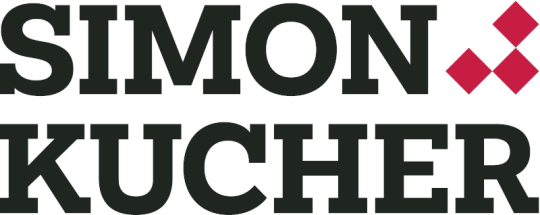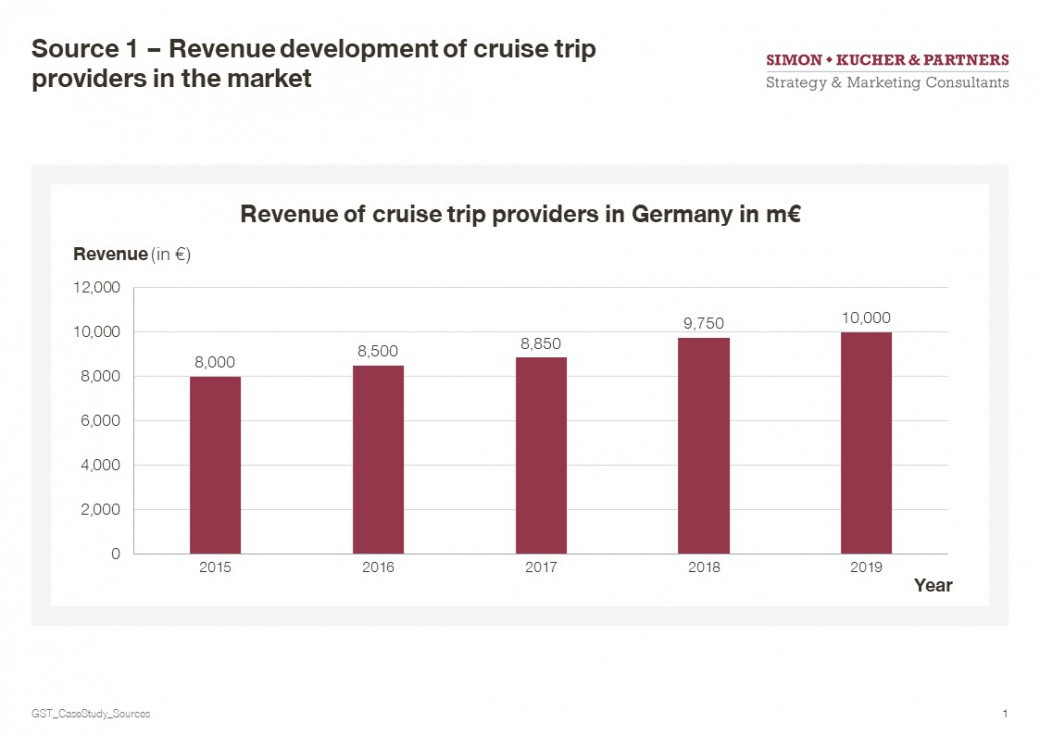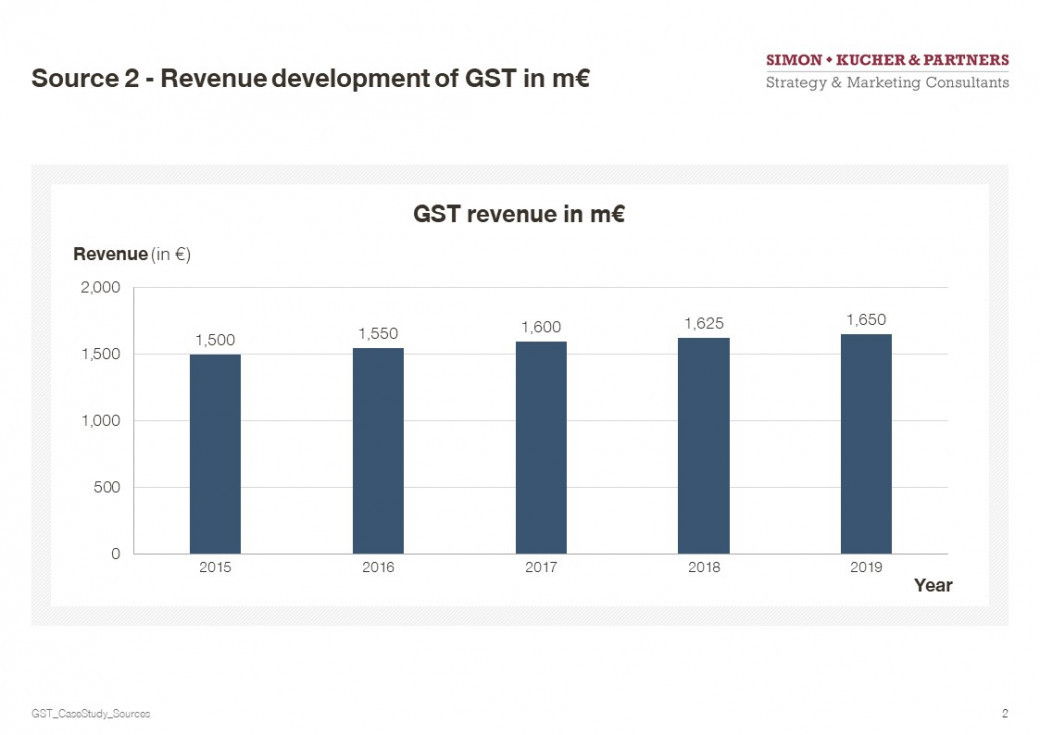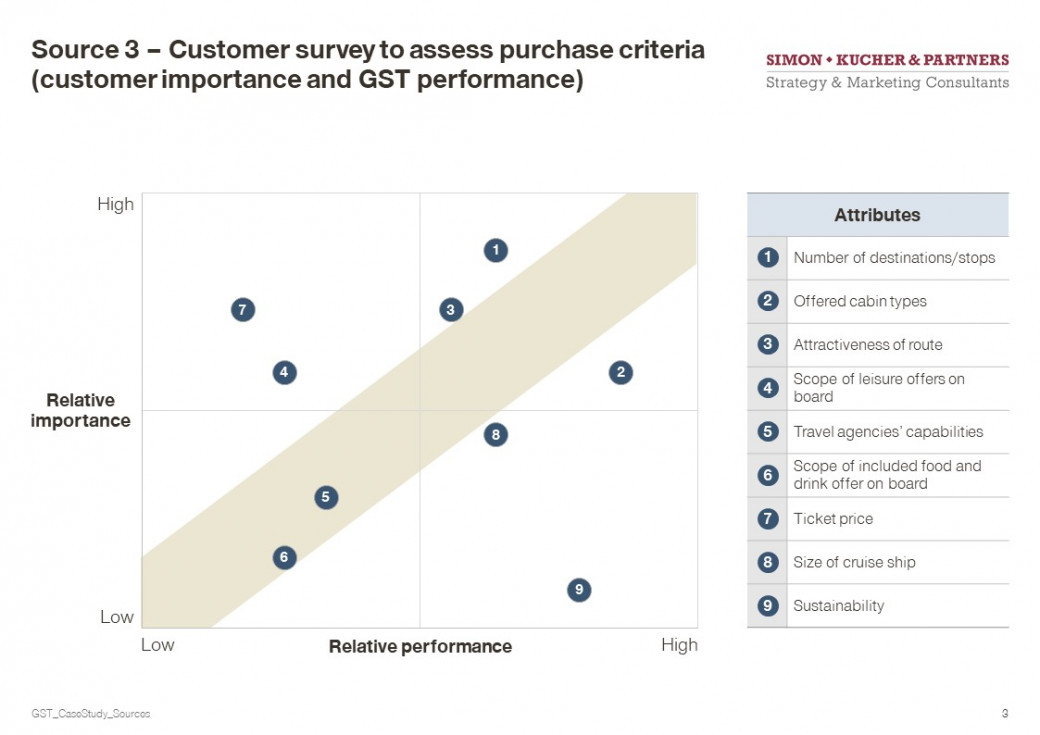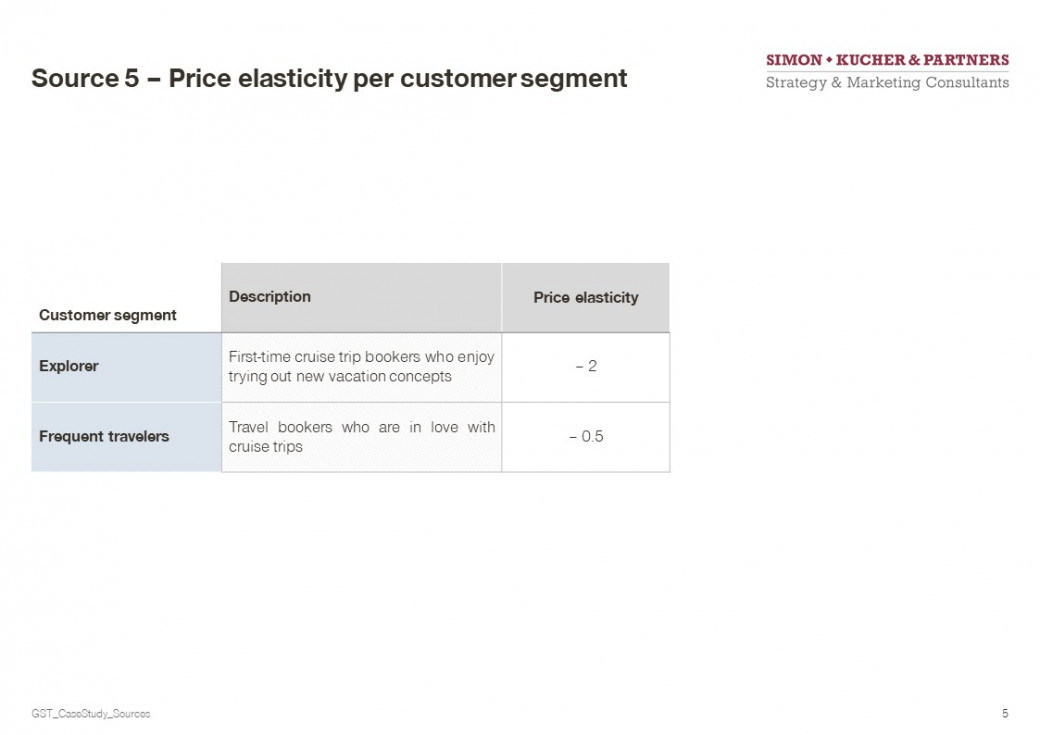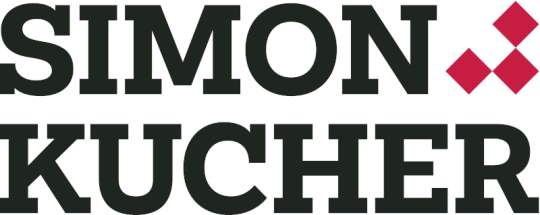Simon-Kucher Case: GST Cruise Company
Cruise company German Sea Tours (GST) is a successful operator of international cruises. GST currently offers several cruise trips, lasting between 5 and 24 days. Additional services can be booked on board (e.g. excursions at each destination, onboard leisure activities). Customers tend to book their tickets several months in advance. GST has had a long history of revenue growth, but in the past five years, it showed lower growth rates. Board members are not sure whether the market, in general, saw lower growth or whether the problem is specific to GST. GST recognizes that winning new customers and stimulating existing customers to book their vacations with GST is crucial for future growth and therefore has always focused on keeping a close relationship with its (potential) cruise-trip bookers. GST’s chief commercial officer (CCO) Ms. Brown has hired Simon-Kucher & Partners to assess the market environment and competitive positioning for cruise ships and to conduct a subsequent evaluation of potential growth options.
